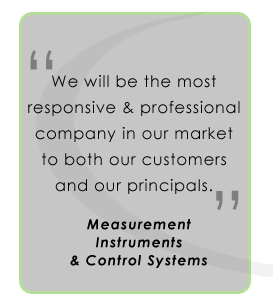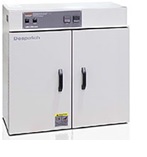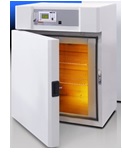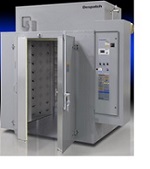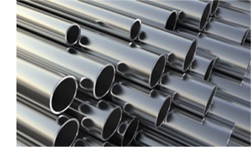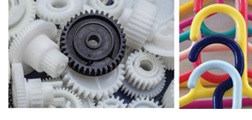|
Despatch Offers A Wide Selection Of High Performance Ovens Designed For Annealing Applications
These high performance annealing ovens are used around the globe within a variety of industries, including technology, transportation, healthcare and industrial manufacturing.
Annealing is the most commonly used for treating metals, but other materials, including glass and plastics. Depending on the material, annealing temperatures range from less than 100 degrees C to more than 1000°C., a process that can take hours or several days.
The environment; temperature maintained, both during and after the annealing process; and cooling rate are critical. Typical temperatures used in heat-treating the most common materials include:
Steel – 150°C to 1232°C
Stainless Steel – 345°C to 400°C
Aluminum – 90°C to 775°C
Copper – 120°C and up to 800°C
Plastics – 77°C and up to 260°C
Annealing plastics is recommended based on the following conditions:
If the end-use conditions are demanding enough to require stress relief beyond what can be achieved through the product design, process and materials.
If stress relief after machining is necessary.
If during the post polishing process the material would likely crack due to surfaces stresses caused by the polishing itself.
Advantages of Annealing Plastics that have been stress relieved offer tighter tolerance, improved chemical resistance, improved wear resistance, improved flatness control, and better able to handle machined stress.
Plastics require different annealing conditions and temperatures:
Polycarbonate: 250°F(121°C) for as short a time as possible determined through experimenting with test data
Ultem: slowly brought up to 400°F(204°C) and then held for two hours
ABS materials: heat deflection temperature at 264 psi (170°F to 240°F) and held for 1-2 hours.
Supec resins: Annealed at 400°F(204°C) for 4 hours
|


